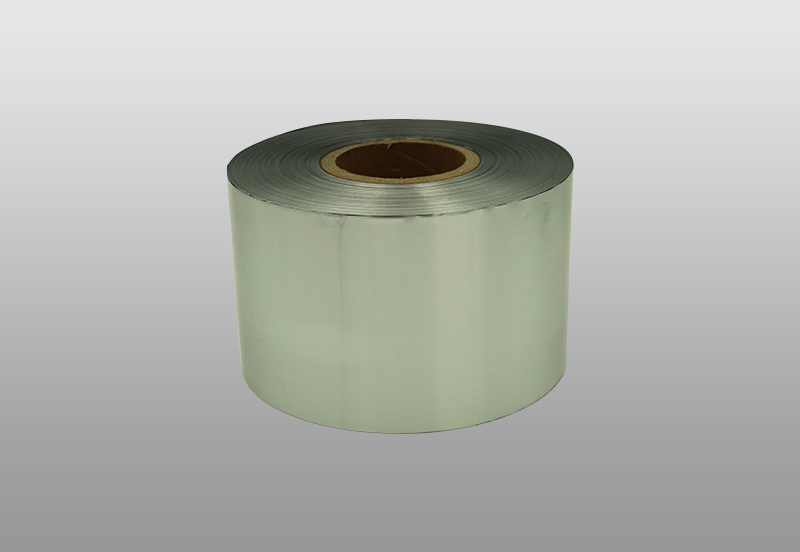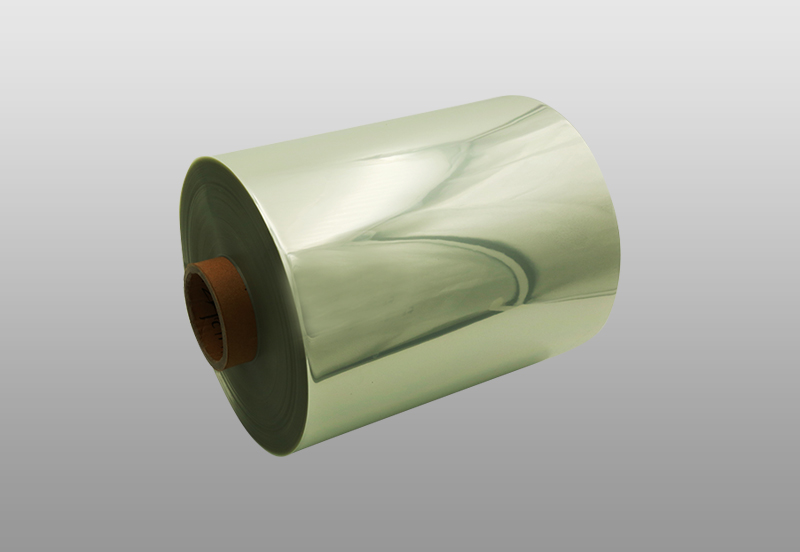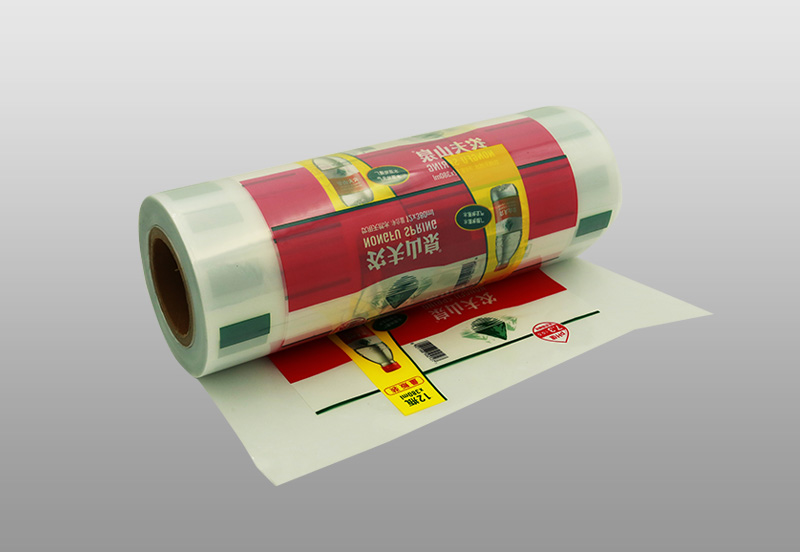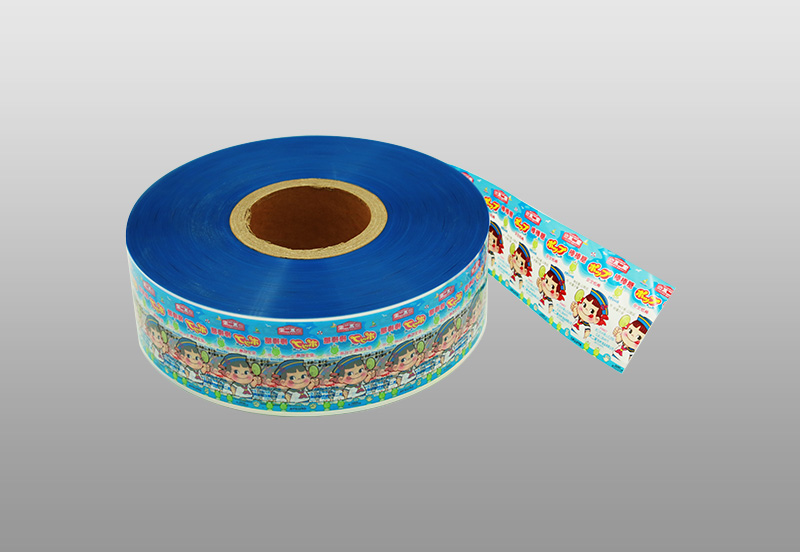Membrane classification
1. LDPE, LLDPE resin and film
China's composite film started in the late 1970s. From the early to mid-1980s, China began to introduce some extruders, film blowing machines and printing machines to produce simple two-layer or book-layer composite materials. Such as extruded and compounded BOPP/PE, paper/PE, pp/PE; dry compounded BOPP/PE, PET/PE, BOPP/AL/PE, PET/AL/PE, etc., among which LDPE resin and film, often Blend a certain proportion of LLDPE to enhance its strength and stiffness. Mainly used in the packaging of instant noodles, biscuits, mustard and other foods. General coating grade LDPE resins include: IC7A, L420, 19N430, 7500, etc.; blown film grade LDPE resins include: Q200, Q281, F210-6, 0274, etc.; LLDPE resins include: 218w, 218F, FD21H, etc.
2. CPP film, CPE film
From the late 1980s to the early 1990s, with the introduction of a new generation of flexible packaging equipment and casting equipment, the scope of packaging content was further expanded. Some puffed food, oatmeal and other packaging bags required high transparency, but boiling and high temperature Sterilization products have been introduced to the market one after another, and the requirements for packaging materials have been correspondingly increased. The inner layer materials mainly based on LDPE and LLDPE can no longer meet the requirements of the above products. Produced by casting method has good heat sealability. CPP, which has oil resistance, transparency, aroma retention, and special low-humidity heat sealability and high-temperature cooking properties, is widely used in packaging. The aluminum-plated CPP developed on this basis is quickly used in large quantities due to its metallic luster, beautiful appearance and barrier properties. And the CPE film produced by the casting method is being further used because of its unidirectional easy tearing, low temperature heat sealing, and good transparency.
3. MLLDPE resin
With the continuous development and changes of the packaging market, there are more and more special requirements for packaging. The DOW Chemical Company of the United States produced metallocene polyethylene MLLDPE by polymerizing with metallocene catalysis. Such as APFINITY, POP1880, 1881, 1840, 1450 and other resins. Then Exxon in the United States. Mitsui of Japan and Philips of the United States have also produced MLLDPE. Such as Exxon’s EX-CEED350D60, 350D65, Mitsui Petrochemical’s E-VOLVE SP0540, SP2520, Philips’ MPACT D143, D139, etc. Since MLLDPE has good blending properties and easy processability with LDPE and LLDPE, MLLDPE can be mixed in film blowing or casting, and the mixing ratio can be 20% to 70%. This kind of film has good tensile strength, impact strength, good transparency, good low-temperature heat-sealability and anti-pollution properties. The composite material with its inner layer is widely used in frozen, refrigerated food, shampoo, Oil, vinegar, soy sauce, detergent, etc. It can solve the packaging speed, broken package, leaked package, and penetration of the above-mentioned products in the packaging production and transportation process.
4. Inner material of cover film
Liquid packaging cups for jelly, fruit juice, yogurt, fruit milk, soup, etc. The main material of the bottle is HDPE. PP, PS, etc. For the cover film of this package, it is necessary to consider both the shelf life and the heat-seal strength between the cover film and the cup, as well as the convenience of consumers—easy tearability. To achieve this particularity, the inner layer material can only form the interface bonding strength with the cup, but cannot completely penetrate and fuse together. Generally, modified EVA resin is used. Its structure can be: PET/PE/HM, BOPA/PE/HM, PET/VMPET/PE/HM, PET/AL/PE/HM, paper/PE/AL/PE/HM. For the cover film and the bottom cup that are required to be secure and not torn, the material of the bottom cup and the inner layer of the cover film are generally required to be the same, so that the two materials are completely fused when heat-sealed. Such as HDPE cups, the inner layer of the cover film is: LDPE or EAA; PP cups, the inner layer of the cover film is CPP film; for PET bottles, we have found a coated and modified PET film as the heat seal layer. The PET bottle with pesticides was sealed with a cap, and satisfactory results were obtained.
5. Co-extrusion film
Films produced by blending single-layer LDPE or LDPE with other resins have single properties and cannot meet the packaging requirements of modern product development. Therefore, co-extruded films produced by co-extrusion blown film or co-extrusion casting equipment have improved overall performance . For example, the comprehensive properties of the film such as mechanical strength, heat sealing performance, heat sealing temperature, barrier property, opening property, and pollution resistance are improved, and its processing cost is reduced, and it is widely used. Such as H-layer co-extrusion blown film hot melt adhesive film: PE/HM, cable film PE/EAA, MLLDPE low temperature heat sealing film, EVA cover film, antistatic film, slip film. H-layer co-extrusion cast co-extruded CPP, unmodified PP/heat-sealable PP, etc. Three-layer and five-layer nylon co-extruded films, five-layer and seven-layer EVOH and PVDC high-barrier films are also constantly being developed and widely used.
The development of the inner film of composite flexible packaging materials, from LDPE, LLDPE, CPP, and MLLDPE, basically realizes the functionalization and individualization of packaging, and satisfies the quality assurance, processing performance, transportation and storage conditions of the packaging contents. With the continuous introduction of new materials and the improvement of inner film production technology and equipment, the inner film of composite flexible packaging materials will surely develop rapidly and promote food.

 English
English Español
Español русский
русский 简体中文
简体中文






